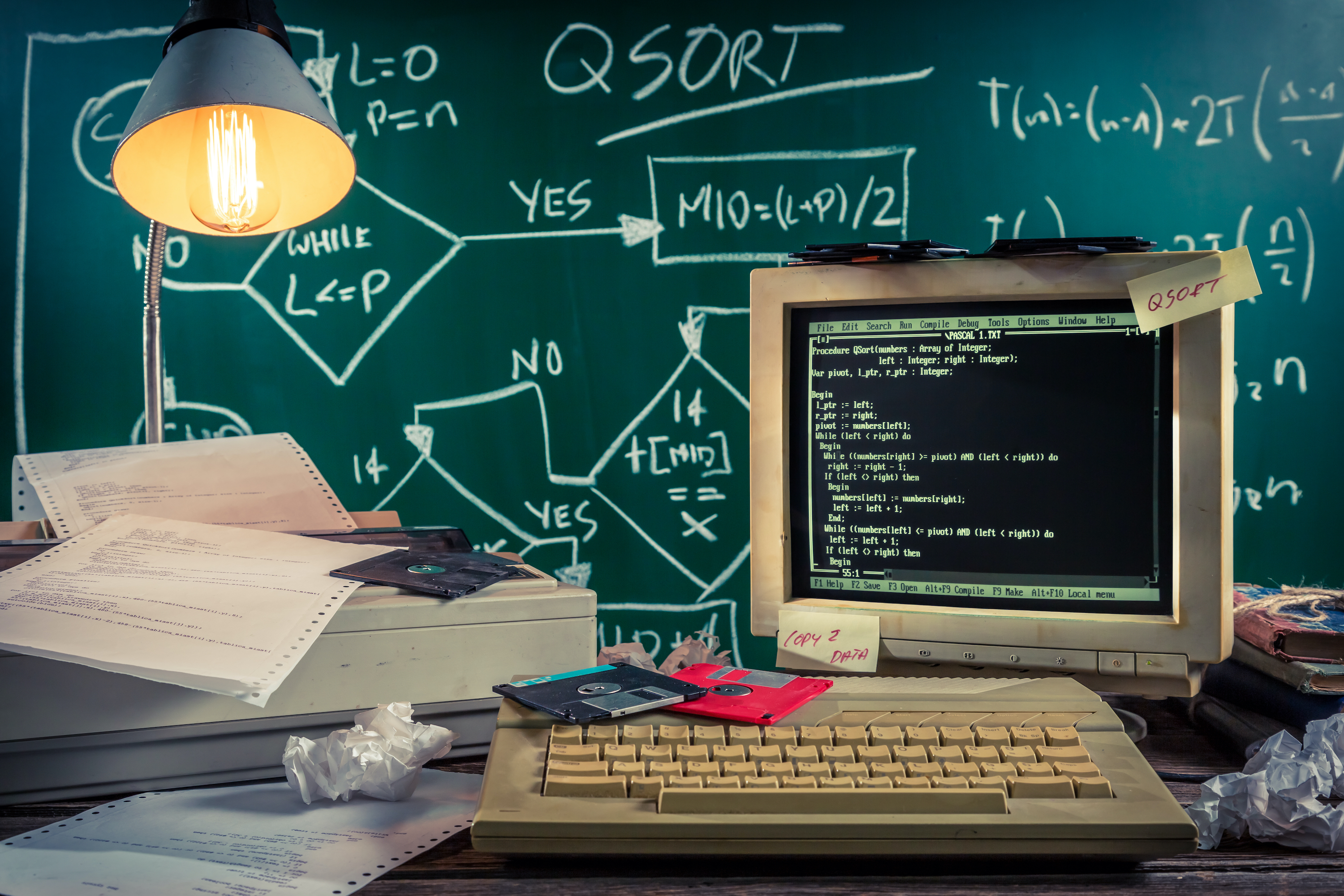Beginning with the blackboard and chalk, there’s always been technology in education. That said, the most significant advance has revolved around computer technology. This development began in the 1960s when computers were first put into schools. More recently, the idea of one computer per child led to students using their own devices in the classroom and continuing learning at home.
Overall, there are opportunities for learning using technology. Yet, the focus in the past has been on technology driving changes in education. More recently, we are examining how innovations in education can be informed by a combination of technology and pedagogy, the theory and practice of teaching and learning. We have a new understanding of the range of pedagogies that support learning at every level. Therefore, the challenge is to use these pedagogies alongside new technological developments to enhance outcomes.
Unfortunately, there’s a catalogue of past failures, whether language labs, personal teaching systems or virtual reality. On their own, we know these technologies don’t improve education. They may be exciting at the start and capture newspaper headlines, but study after study has shown that they alone do not enhance learning. So what you need is a combination of new technology and new ways of teaching and learning.
Take, for example, personalised learning, which goes back to the 1950s. At that time, children sat in front of teaching machines that led them step by step through a topic. However, the underlying teaching method was quite restrictive. It only involved a linear progression of steps. As we identify more productive ways to teach, we can develop more effective personalised learning. These methods help students understand the topic initially and then build upon that knowledge. It repeatedly tests students, supplements what they don’t understand and moves them toward their goal.
Indeed, we’re learning a lot about how technology and pedagogy work together, which is very exciting. It’s not just about introducing some new gizmo into the classroom. It’s about technology supplementing effective teaching and learning.
Online learning
We thought for a long time that online learning, distance learning, was ineffective in relation to classroom learning. Certainly, in many cases, it is, but some studies have shown that online learning can be as effective as classroom learning if it’s managed well. This requires the material to be well designed.
For example, if you’re teaching through video, short chunks are best. We know that videos longer than six minutes are unlikely to hold a student’s attention. Furthermore, we now understand a lot about delivering content online. More specifically, we know about: media delivery, designing effective teaching through video and text, combining different modalities, supporting students online, providing online tutoring and peer support and facilitating group learning. Moreover, more recent comparison studies have shown that online learning can be as effective as classroom learning in educational outcomes. What’s more, it’s even more beneficial to supplement classroom sessions with online learning.
One of the most robust findings in education is time on task – the longer a student can spend on a topic, the more they benefit. If you can start a piece of learning in the classroom, continue online doing personal research and then bring the findings back into the classroom, that can be a powerful teaching and learning method.
Nevertheless, in education, there remains a gap between what’s possible and what actually happens. When universities and schools started developing online learning management systems, they naturally copied what they already had, lecture material and exam questions. They then put that content online and expected students to absorb it in some unspecified ways. Next, they either gave online tests or tests back in the classroom. As you can imagine, that’s probably the most boring way to teach content.
Regardless, for many years, that was how online learning systems were designed. We’re only just now starting to find new ways of supporting students online. MOOCs, massive open online courses, have been a significant influence. When companies set up these learning sources in partnership with universities, they developed short, free courses for students and leisure learners. More recently, there’s been competition between different universities to create better teaching methods, either through personalised learning, better media production or social learning.
Will teachers be replaced?
I’m not surprised some teachers find technology in the classroom threatening because of how it was introduced. In the past, computers were introduced into schools and universities to supplement or replace teachers. Computers provided direct instruction to students alongside computer-based testing.
Sure enough, this isn’t the only way. The new ways of working with technology in education, I believe, are very different. Technology should empower the teacher. For example, so-called flipped classrooms are where a computer provides some basic content for students to learn at home. Students can access videos, structured texts and images. Then, in the classroom, they can deepen their knowledge through discussion, reflection and testing.
Flipped classrooms give the teacher more influence. In these environments, the teacher isn’t just a deliverer of content. Instead, the teacher has a role in deepening the students’ understanding and helping them overcome misunderstandings. Teachers can also facilitate group work, thereby allowing students to correct each other’s misconceptions and share knowledge. In this way, you’re building on content delivered by technology in a way that empowers the teacher and the learner.
Artificial intelligence
I believe there are two roles for artificial intelligence in education. The first involves personal tutoring. We know from human tutoring that tutors can probe students’ misconceptions and offer strategic, well-designed, new pieces of knowledge. That’s an effective way of teaching. Sure enough, one of the challenges for the past 30 years has been to design artificial intelligence tutoring systems like this. These systems should aim to offer one-to-one, personalised, knowledge-based tutoring that’s adaptive to each learner.
Another approach is predictive analytics, whereby computers can leverage machine learning to analyse student progress. Computers can examine how students are working online and interacting with the computer system. They can also analyse what topics students should explore and where they need additional help or further testing. A massive amount of data is involved, particularly with large courses, so it can be processed and used to predict student performance going forward.
Indeed, some of the best predictive analytics can predict a student’s outcome, whether a student will pass an exam or not, from the first couple of weeks of their coursework. The question then becomes, what to do with that knowledge? Do you use it to help a human tutor provide more targeted interventions? Do you give that knowledge back to the students themselves?
Certainly, you don’t want to do it in a simple, heavy-handed way – you’re going to fail because the computer tells you so. You want to support the student by directing them towards resources to help them perform better – for example, to provide recommendations like: other students in your situation are doing this; you might like to do this as well.
At the moment, we’ve made quite a lot of progress in intelligent tutoring systems, but they’re very complicated to design. Unfortunately, they can also be quite dull if you’ve just got this one-to-one session between you and the computer tutor. It’ll be engaging for a few minutes, maybe half an hour, but then it becomes very tedious.
Naturally, a computer tutor on its own isn’t the solution to a meaningful education. Artificial intelligence and predictive analytics have a role, but you’ve got to know how to use them wisely. You’ve got to do it in a very subtle and targeted way. That’s where a human tutor comes in. The best predictive analytics help the teacher target interventions more effectively.


